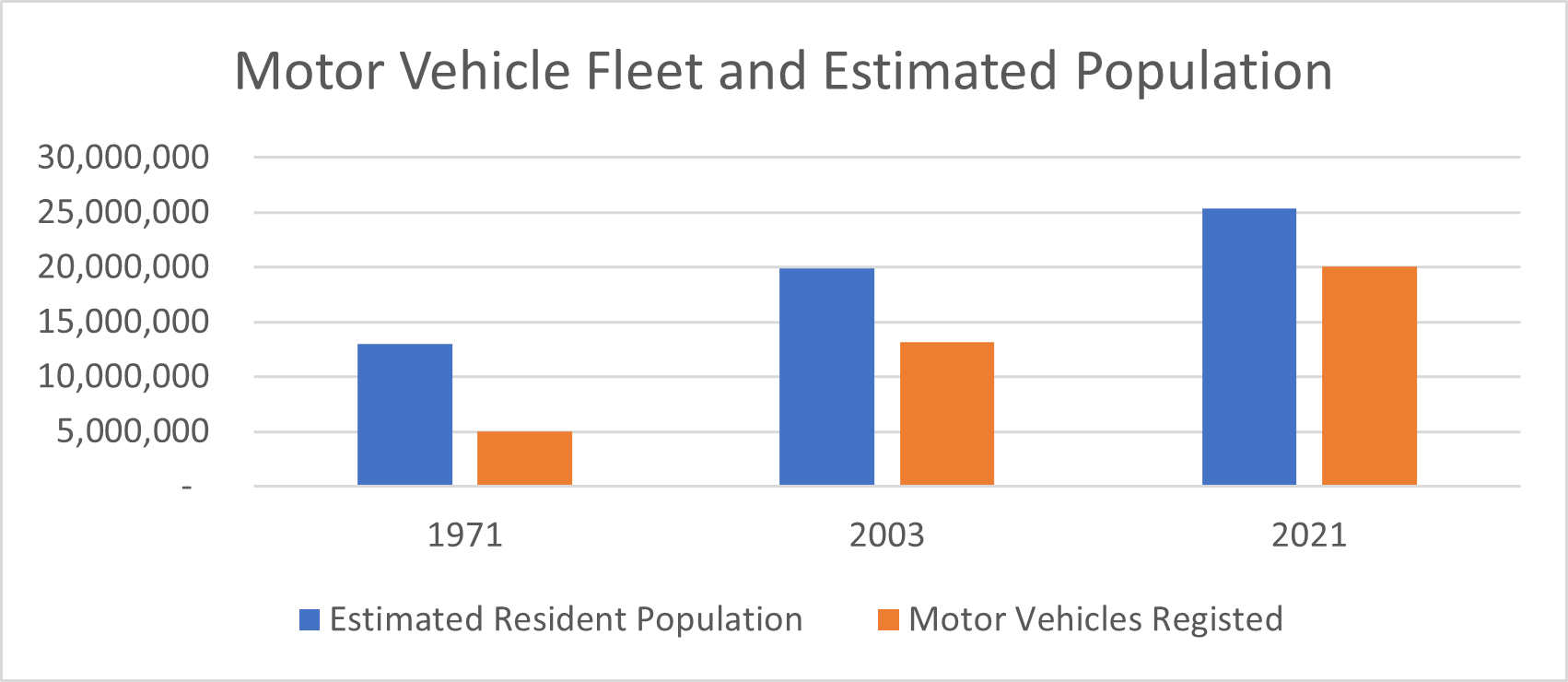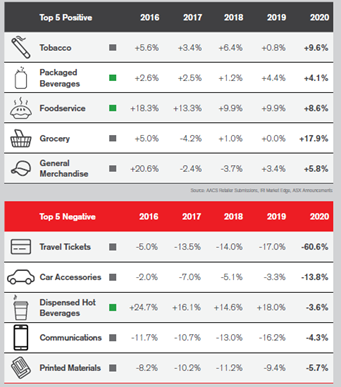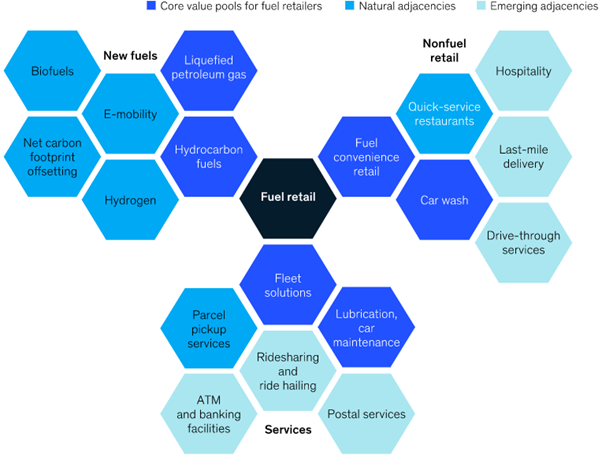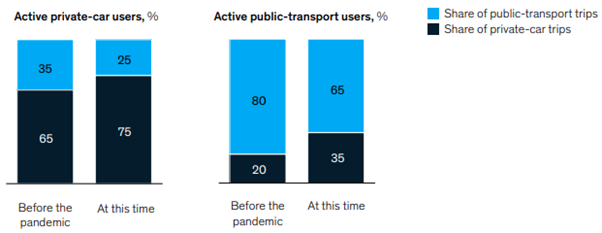Fuelling your portfolio: The case for investing in roadside retail assets
Fawkner Property
In April this year the Financial Review wrote an article on “Savvy Investors filling up on Service Station assets”, the article highlighted the key attractive characteristics of the sector:
1. Long Lease Terms, to Australia’s best retailers.
While retail fuel volumes are coming under pressure across the sector, a move away from public transport, links to key convenience store operators including Coles and Woolworths and being in sought-after locations will provide some protection.
Attractive lease terms and an increased focus on the convenience retailing offered by service station operators have increased the attractiveness of the asset class.
2. Optimal Real Estate, provides optionality
Additionally, service station assets continue to offer long-term optionality for landlords via residential or mixed-use development, particularly in key metropolitan locations.
3. Diversifying tenancy Mix
Newer service stations will enjoy a premium price over more established or older petrol stations as they offer larger canopies and often include cafes or are part of tenancy mix offering fast food and dining outlets.
4. Attractive Yields of circa 6%
While yields have compressed on the back of increased investor demand, the sector still provides relative value at an accessible price point for both retail and institutional investors.
Roadside Retail Continues to Grow
The Roadside Retail sector is made up of two main categories, namely, convenience retailing and fuel retailing. Revenue from the sector was $36 billion in the year 2020-21 and is expected to grow at 3.9% yearly to 2025-26.
Greater emphasis is being placed on the “convenience-store” aspect of operations, since the largest portion of profit for fuel retailers comes from non-fuel products. The COVID-19 outbreak has increased demand for this product range.
Roadside Retail Industry is always changing with only high-quality centres lasting the test of time
The most notable trend in the roadside retail industry has been the decrease in sites.
In the 1970’s there was an estimated 20,000 roadside retail sites in Australia, when there were service stations pumping petrol at most major intersections.
The population in Australia in 1971 was 13,067,265 people, equating to around 1 service station for every 600 people.
Today, there are only 7,017 roadside retail stores in Australia, despite a four-fold increase in the number of cars on the road.
The significant reduction in roadside retail sites has coincided with a commensurate decline in convenience stores and ‘milk-bars’, pushing even more demand into the roadside retail sector.
Compared to 1970, there are now four times more cars on the road with only 25% of the service centres
Consumers have placed greater focus on the “convenience store” and a clear trend has frown towards higher volume outlets, cleaner and newer offerings.
As at 31 January 2021, Australia passed 20 million registered motor vehicles on the roads with a 1.7% increase in the national fleet on 2020.
In 1971, there were approximately 5 million cars registered vehicles in Australia, representing 398 vehicles per 1,000. Today this number is more like 793 per 1,000 residents.

Source: ABS, Fawkner Property
Over the past two decades, the roadside retail industry has changed markedly away from traditional 100% fuel dependent service centres to a far more diversified offering. Once dominated by Shell, BP, Mobil and Caltex, a major change occurred when the entry of the supermarket chains in the early 2000’s towards hybrid fuel and convenience retail offerings. The growth of both out-of-home consumption and small-format retail has enabled roadside retailers to capture significant value from convenience or nonfuel retail in addition to fuel retail business.
Unsurprisingly, innovative fuel retailers capable of using nonfuel retail channels to unlock additional value from their real estate have been competing fiercely to acquire networks. As a result, asset values have soared, highlighting the strong demand for many of these assets. For example, acquisition multiples for US convenience stores have almost doubled—from six to seven times annual EBITDA a decade ago to ten to twelve times today.
Fuel retailing is shifting from vehicles to customer needs
Whilst fuel sales continue to be a significant part of the roadside retail network, the demand for increased convenience offering is very high as fuel retailers continue to diversify their uses. The convenience retail market passed $9 billion in in-store sales for the first time in 2020. The convenience market is extremely attractive given the high margins of 32.9% in 2020 which is up +3.3% since 2019.
As at May 2020, the share of people using convenience for regular shopping increased:
· Only 52% were coming for fuel;
· 45% attended for ‘speed’ referencing the ability to get in and out quickly; and
· 38% were using convenience stores to avoid crowds
Ranked by Value contribution, tobacco and food and beverage items like packaged beverages and groceries have grown strongly in 2020 whilst structurally declining industries like travel tickets and printed materials continue to decline.

Source: Australian Association Convenience Centres
The future or fuel retailing is likely to extend significantly beyond just buying petrol and fast food. Analysis from McKinsey & Company suggested that forecourt retail can continue to offer attractive returns in the future, with operators having access to a large number of adjacent value pools and offerings as shown below:

Source: McKinsey & Company, April 2021
Convenience Retailers = Pandemic Proof?
Like many industries, fuel retail was severely affected by the global pandemic in the first half of 2020, with fuel volumes in some months more than 50 percent down from the previous year. However, most markets have experienced a rapid recovery as private mobility rebounded, partly a result of the decision of some consumers to avoid public transport, likely a result of a higher perceived infection risk.

Source: McKinsey & Company, June 2021
Despite being impacted by lower fuel volumes, convenience shopping has proved considerably more resilient. As it turns out, many consumers have opted to shop at convenience retail stores in a bid to avoid shopping at crowded supermarkets. Royal Dutch Shell announced in their 3rd quarter 2020 results that basket sizes in its stores had increased by 15 percent year to date in September 2020, to highlight one example of this.
Similarly, global fuel and convenience retailer Alimentation Couche-Tard reported in its second quarter FY21 results that the impact of lower traffic on sales was “more than offset by an increase in the average basket size as consumers consolidated their trips and took advantage of new shopping options and diversified product offerings.”
In Australia, ASX-listed Viva Energy reported a 16% decline in sales volumes (ML) as a result of national lockdowns however, reported an increase of non-refining EBITDA of 16.5%.
These and other indicators suggest that roadside retail convenience stores are becoming a destination of choice not only for traditional categories such as tobacco, drinks, and snacks but also for newly introduced and expanded grocery assortments.
Not all Roadside Retail assets are created equal
The Roadside Retail industry is an industry that is permanently undergoing change due to shifts in consumer demands. It is therefore critical that investors selectively acquire assets that have several uses, critical importance or a strategy to adapt to changing demands. We break this down into four categories:
1. Local Convenience
2. Regional Market Leader
3. Commuter Transient
4. Critical Infrastructure
When combined with long leases to some of Australia’s best retail operators and inelastic demand for petroleum products, day-to-day consumer good, convenience and fast foods, high-quality Roadside Retail assets can offer both stable levels of investment income and the potential for capital appreciation.
5 topics